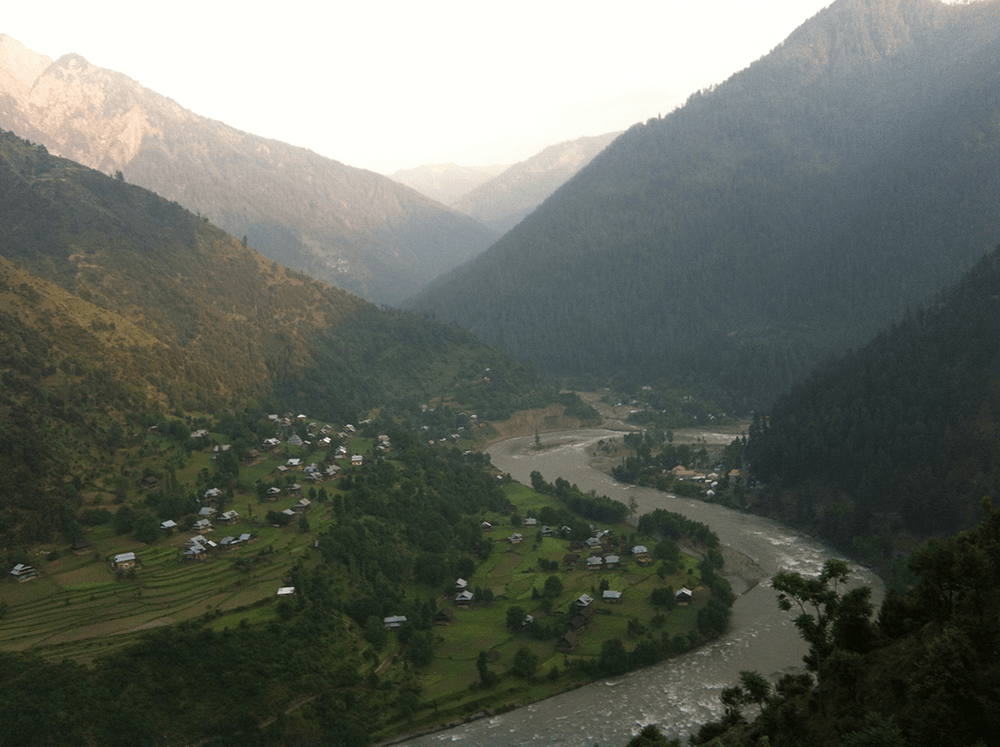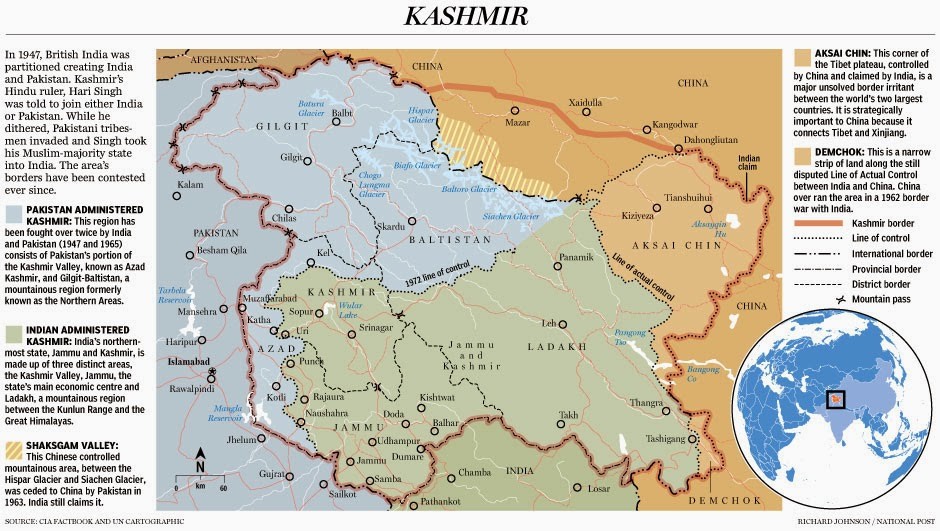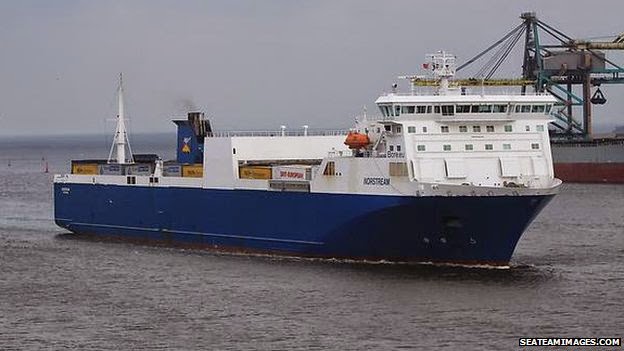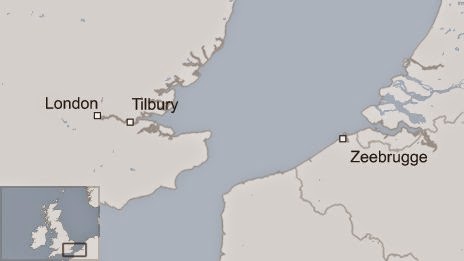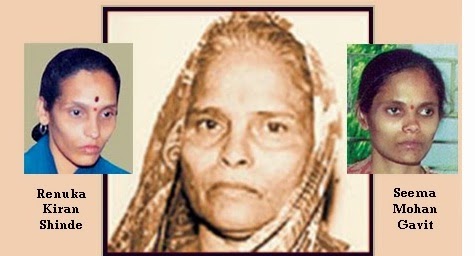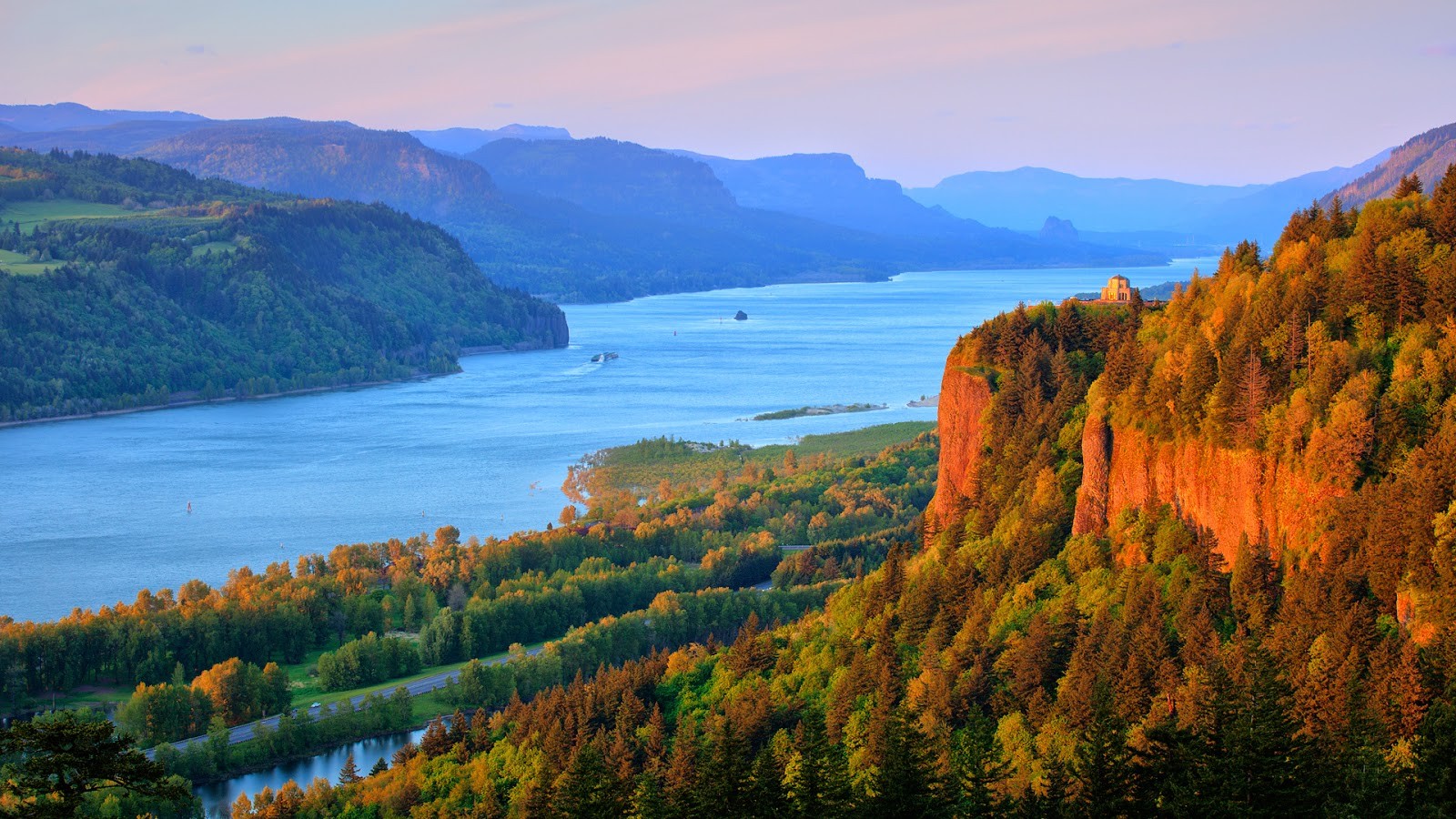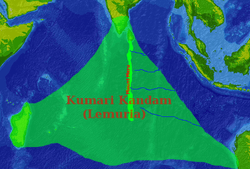has become Europe’s top technology startup center……upward of 3,000 tech startups…..Google’s largest office outside Silicon Valley……
….
East or West….London is the best. Singapore (4), Hong Kong (6), and Dubai (7) are ranked ahead of Beijing (8, tie with Sydney) and Shanghai (19).
Dubai ahead of Shanghai, really?
Frankfurt is the top rated city in Germany at a lowly #14. Mumbai (31) and Delhi (34) are the top-ranked cities in South Asia (in the future we may see Chennai and Bangalore on this list). Surprising to see Berlin (37) tied with Seattle and Tel Aviv.
……
In order to quantify cities’ global influence, we looked at eight
factors: the amount of foreign direct investment they have attracted;
the concentration of corporate headquarters; how many particular
business niches they dominate; air connectivity (ease of travel to other
global cities); strength of producer services; financial services;
technology and media power; and racial diversity. (Click here for
a more detailed description of our methodology.)
……….
We found those factors
particularly important in identifying rising stars that, someday, might
challenge the current hegemony of our two top-ranked global cities,
London and New York.
Inertia and smart use of it is a key theme that emerged in our
evaluation of the top global cities. No city better exemplifies this
than London, which after more than a century of imperial decline still
ranks No. 1 in our survey.
….
The United Kingdom may now be a second-rate
power, but the City’s unparalleled legacy as a global financial capital
still underpins its pre-eminence.
Ranked first in the world on the Z/Yen Group’s 2013 Global Financial
Centres Index, which we used for our list, London not only has a long
history as a dominant global financial hub, but its location outside the
United States and the eurozone keeps it away from unfriendly
regulators. Compared to New York, it is also time-zone advantaged for
doing business in Asia, and has the second best global air connections
of any city after Dubai, with nonstop flights at least three times a
week to 89% of global cities outside of its home region of Europe.
A preferred domicile for the global rich, London is not only the
historic capital of the English language, which contributes to its
status as a powerful media hub and major advertising center, but it’s
also the birthplace of the cultural, legal and business practices that
define global capitalism.
London hosts the headquarters of 68 companies
on the 2012 Forbes Global 2000 list and is a popular location for the
regional HQs of many multinationals. (Our HQ ranking component, in which
London ranks third, is based on GaWC’s 2012 Command and Control Index, which factors in company size and financial performance, as well as total number of Forbes Global 2k HQs).
Beyond these traditional strengths, London has become Europe’s top technology startup center, according to the Startup Genome project. The city has upward of 3,000 tech startup sas well as Google’s largest office outside Silicon Valley.
New York, which comes in a close second in our study (40 points to
London’s 42), is home to most of the world’s top investment banks and
hedge funds, and the stock trading volume on the city’s exchanges is more than 10 times that of London.
Like London, New York is a global leader in media and advertising,
the music industry (home to two of the big three labels), and also one
of the most important capitals of the fashion and luxury business. With
iconic landmarks galore, international visitors spend more money in New York each year than in any other city in the world.
Those Slowly Fading
London and New York are clearly the leaders but they are not the
hegemonic powers that they were throughout much of the 20thcentury, and
their main competitors are now largely from outside Europe. Paris may
rank third in our survey, but it is way below New York and London by
virtually every critical measure, and the city’s future is not promising
given that France, and much of the EU, are mired in relative economic
stagnation.
China’s Global Cities
Hong Kong still enjoys greater freedom than the rest of China and
remains the largest financial center in the Asia-Pacific region, ranking
third in the world after London and New York. The vast majority of the
world’s major investment banks, asset managers, and insurance companies
maintain their Asia-Pacific headquarters in the former British colony.
But its preeminence is being threatened by Shanghai, traditionally
Hong Kong’s chief rival, and Beijing. We ranked China’s capital eighth,
ahead of Shanghai (19th). With the advantage of being the country’s
all-powerful political center, Beijing is the headquarters of most large
state-owned companies and is home to the country’s elite educational
institutions and its most innovative companies.
But right now the leading global city in East Asia is Singapore,
which ranks fourth on our list. With a relatively small population of
just over 5 million, Singapore’s basic infrastructure is among the best on the planet.
Like Hong Kong, it also benefits from a tradition of British governance
and law, one reason the World Bank ranked its business climate the
world’s best; China ranked 96th. Singapore’s justice system is ranked
10th in the world in The Rule of Law Index.
Global Capital of the Middle East
Much of what we see in the media about Middle Eastern cities are
scenes of destruction and chaos. Yet in a relatively quiet corner of the
Arabian Peninsula, Dubai is ascending, ranked seventh on our list.
Its
globalization strategy hinges largely on its expanding airport, which
includes the world’s largest terminal and an even larger airport under
construction. It ranks first in the world in our air connectivity
ranking, with nonstop flights at least three times a week to 93% of
global cities outside of its home region.Its hub location and
business-friendly climate have made it a favorite for companies looking
to establish a Middle East headquarters or point of presence. As a
crossroads of humanity, Dubai is unparalleled among global cities for
its diversity: 86% of its residents are foreign born.
North America
Our rankings rewarded cities that are both ethnically diverse and, in
some cases, dominate a critical industry. This is what we refer to as a
“necessary city,” a place one must go to conduct business in a
particular field, or to service a particular region of the world.
This focus on the “necessary” city led to what will no doubt be a
controversial result: a 10th place ranking for the San Francisco Bay
Area, on the strength of its central role in the tech industry, tied on
our list with Los Angeles and Toronto. The Bay Area did not even make
the top 20 in the 2014 A.T. Kearney rankings, which placed both Chicago and Los Angeles in the top 10.
Other North American cities with a growing global footprint include
10th ranked Toronto, tied with Los Angeles and Bay Area. Toronto, as the
economic capital of Canada, has becomes a focus for international
investment into that stable and resource rich country. It is also among
the most diverse cities on the planet — 46 % of its population is
foreign born.
Rising Stars
In North America up and comers include No. 14 Houston, with its
domination of the U.S. energy industry, a huge export sector and an
increasingly diverse population. The Washington, D.C., metro area ranks
16th, a testament to the capital’s growth as an aerospace and technology
center.
Overseas, other urban centers that could move up in the future
include No. 16 Seoul, Shanghai and No. 20 (tie) Abu Dhabi. But outside
of Dubai no other cities in our top 20 come from the developing world.
The Indian megacities Delhi and Mumbai rank in the low 30s along with
Johannesburg in South Africa. In Latin America, the place to watch is
No. 23 Sao Paulo.
………
No. 1: London
FDI Transactions (5-Year Avg.): 328
Forbes Global 2000 HQs: 68<
Air Connectivity: 89%*
Global Financial Centres Index Rank: 1
* The air connectivity score is the percentage of other global cities
outside the city’s region (e.g., for London, cities outside of Europe)
that can be reached nonstop a minimum of three times per week.
No. 2: New York
FDI Transactions (5-Year Avg.): 143
Forbes Global 2000 HQs: 82
Air Connectivity: 70%
GFCI Rank: 2
No. 3: Paris
FDI Transactions (5-Year Avg.): 129
Forbes Global 2000 HQs: 60
Air Connectivity: 81%
GFCI Rank: 29
No. 4: Singapore
FDI Transactions (5-Year Avg.): 359
Forbes Global 2000 HQs: N/A
Air Connectivity: 46%
GFCI Rank: 4
No. 5: Tokyo
FDI Transactions (5-Year Avg.): 83
Forbes Global 2000 HQs: 154
Air Connectivity: 59%
GFCI Rank: 5
No. 6: Hong Kong
FDI Transactions (5-Year Avg.): 234
Forbes Global 2000 HQs: 48
Air Connectivity: 57%
GFCI Rank: 3
No. 7: Dubai
FDI Transactions (5-Year Avg.): 245
Forbes Global 2000 HQs: N/A
Air Connectivity: 93%
GFCI Rank: 25
No. 8 (TIE): Beijing
FDI Transactions (5-Year Avg.): 142
Forbes Global 2000 HQs: 45
Air Connectivity: 65%
GFCI Rank: 59
No. 8 (TIE): Sydney
FDI Transactions (5-Year Avg.): 111
Forbes Global 2000 HQs: 21
Air Connectivity: 43%
GFCI Rank: 15
No. 10 (TIE): Los Angeles
FDI Transactions (5-Year Avg.): 35
Forbes Global 2000 HQs: N/A
Air Connectivity: 46%
GFCI Rank: N/A
No. 10 (TIE): San Francisco Bay Area
FDI Transactions (5-Year Avg.): 49
Forbes Global 2000 HQs: 17
Air Connectivity: 38%
GFCI Rank: 12
No. 10 (TIE): Toronto
FDI Transactions (5-Year Avg.): 60
Forbes Global 2000 HQs: 23
Air Connectivity: 49%
GFCI Rank: 11
Remaining Cities
| City | Region | Rank |
| Zurich | Europe |
13
|
| Frankfurt | Europe |
14
|
| Houston | North America |
14
|
| Amsterdam/Randstad | Europe |
16
|
| Seoul | Asia-Pacific |
16
|
| Washington Metropolitan Area | North America |
16
|
| Shanghai | Asia-Pacific |
19
|
| Abu Dhabi | Middle East |
20
|
| Chicago | North America |
20
|
| Moscow | Europe |
20
|
| Boston | North America |
23
|
| Brussels | Europe |
23
|
| Dallas-Fort Worth | North America |
23
|
| Madrid | Europe |
23
|
| Melbourne | Asia-Pacific |
23
|
| São Paulo | South America |
23
|
| Istanbul | Middle East |
29
|
| Miami | North America |
29
|
| Johannesburg | Africa |
31
|
| Kuala Lumpur | Asia-Pacific |
31
|
| Mumbai | Asia-Pacific |
31
|
| Bangkok | Asia-Pacific |
34
|
| Delhi | Asia-Pacific |
34
|
| Geneva | Europe |
34
|
| Atlanta | North America |
37
|
| Berlin | Europe |
37
|
| Seattle | North America |
37
|
| Tel Aviv | Middle East |
37
|
| Mexico City | North America |
41
|
| Milan | Europe |
41
|
| Montreal | North America |
41
|
| Buenos Aires | South America |
44
|
| Jakarta | Asia-Pacific |
44
|
| Philadelphia | North America |
44
|
| Cairo | Middle East |
47
|
| Guangzhou | Asia-Pacific |
47
|
| Ho Chi Minh City | Asia-Pacific |
47
|
| Lagos | Africa |
47
|
| Osaka | Asia-Pacific |
47
|
…..
Link: the-worlds-most-influential-cities
……
regards
